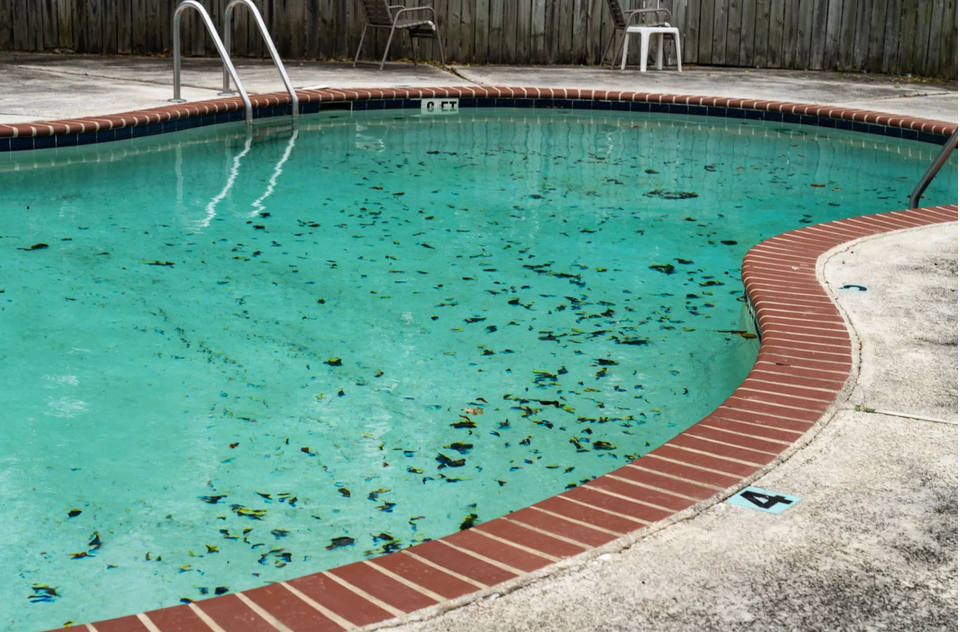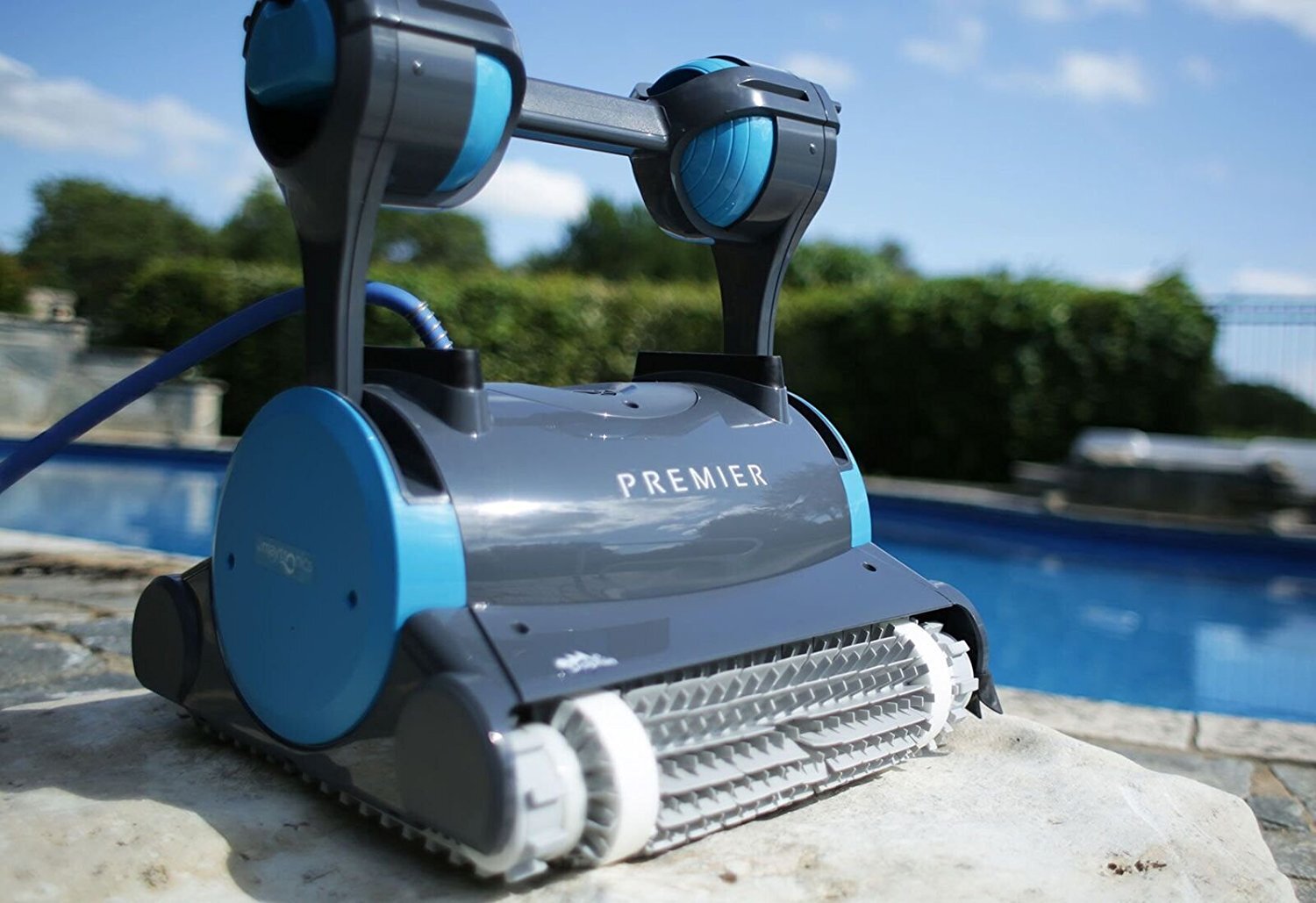The Automatic Pool Cleaner
As we step deeper into the winter season, the one dreaded word that leaves shock and horror in the mind of both the pool cleaner and the home owner is… leaves.
Thankfully those are behind us, but as we look forward to a clean and fresh new year, allow us to share some of our knowledge and help you plan for this upcoming Fall. Trust us, this will make things a lot easier on you as a homeowner (and us!).
When taking on new customer’s pools, we at Refresh have a steadfast, potentially inconvenient rule that we stand by: Our customer’s pools need to have a floor cleaner (those little machines attached to a hose or cord running around the bottom of the pool).
If a pool doesn’t have a cleaner, all the leaves, dirt, and debris that get into the water will sink to the bottom and stay there. Not only does this drastically decrease a pool’s appearance, but eventually all of this debris can lead to long-term algae issues, filter issues and more.
With this in mind, an automatic cleaner (likely named “Sharkie”) is tantamount to maintaining a good looking, healthy, and cost-effective swimming pool.
There are 2 often-used types of automatic cleaners. Let’s dive in.
“Robots” are common for pools that don’t already have a dedicated underground cleaner line. These cleaners are plugged into an electrical outlet, and move freely around the inside of your pool without any need for a pump running at the same time.
The downside to Robots is that they need to be manually removed from the pool every day and drained. They can be put back in immediately, but considering this is an every day task, is can be a hassle for home owners. While the right robot can be effective, they are often expensive and sometimes don’t give the value for the money that people pay.
“Pressure Cleaners” are cleaners that usually run on their own pump and timer. These mechanical movers get a lot of power and do a great job. You can leave them in the water at all times and set them to run as long as desired. Pressure cleaners often don’t require as much daily maintenance (emptying, cleaning, etc.) and can run for multiple days at a time without needing to be tinkered with. While pressure cleaners are more rudimentary in their design and function, they are almost always more cost effective and less prone to total failure.
All these things considered, the question is “which is better?”.
In our opinion and experience, if there’s an existing dedicated cleaner line in your pool, we recommend going with a pressure cleaner. While newer, more modern robots can do a good job, there’s nothing more tried-and-true than the pressure cleaner (there’s a reason they’ve been around for decades).
As far as the best one to pick, there are 3 most common cleaners. They are:
Pentair Racer
Letro Legend
Polaris 280 (pictured)
Of all 3, the Polaris 280 has been the gold standard in cleaners for decades. It’s the best selling cleaner on the market, and there’s a reason for that. They are reliable, they do a great job, they’re easy to repair, and they’ll last you ~10 years if properly cared for. (No, we don’t get paid for saying this.)
But regardless of what you pick, it’s important for you as a homeowner to be educated on your pool, because a pool is an investment. The more proper care your pool has, the less you’ll have to worry about it. We just want what’s best for you.
Happy swimming!




